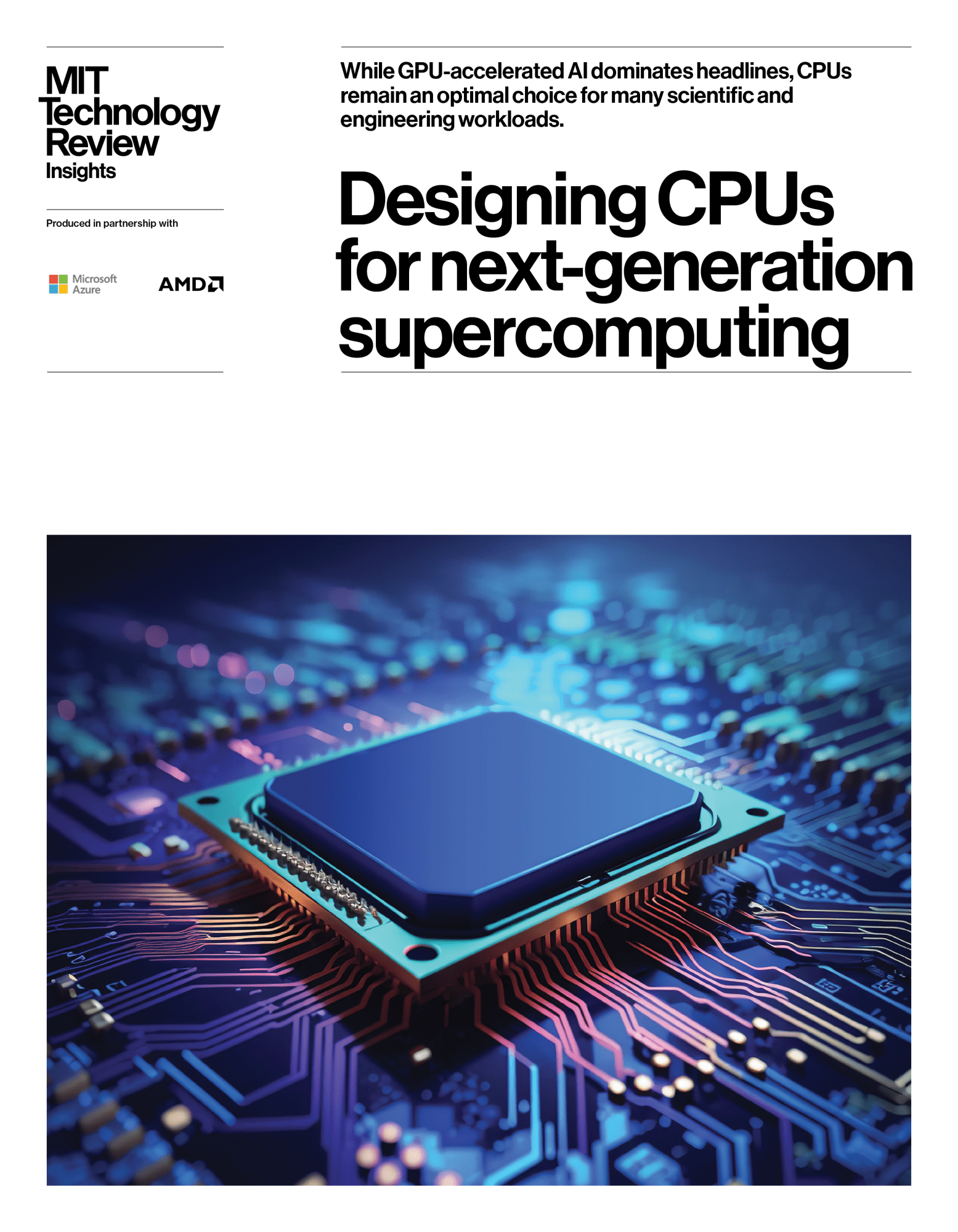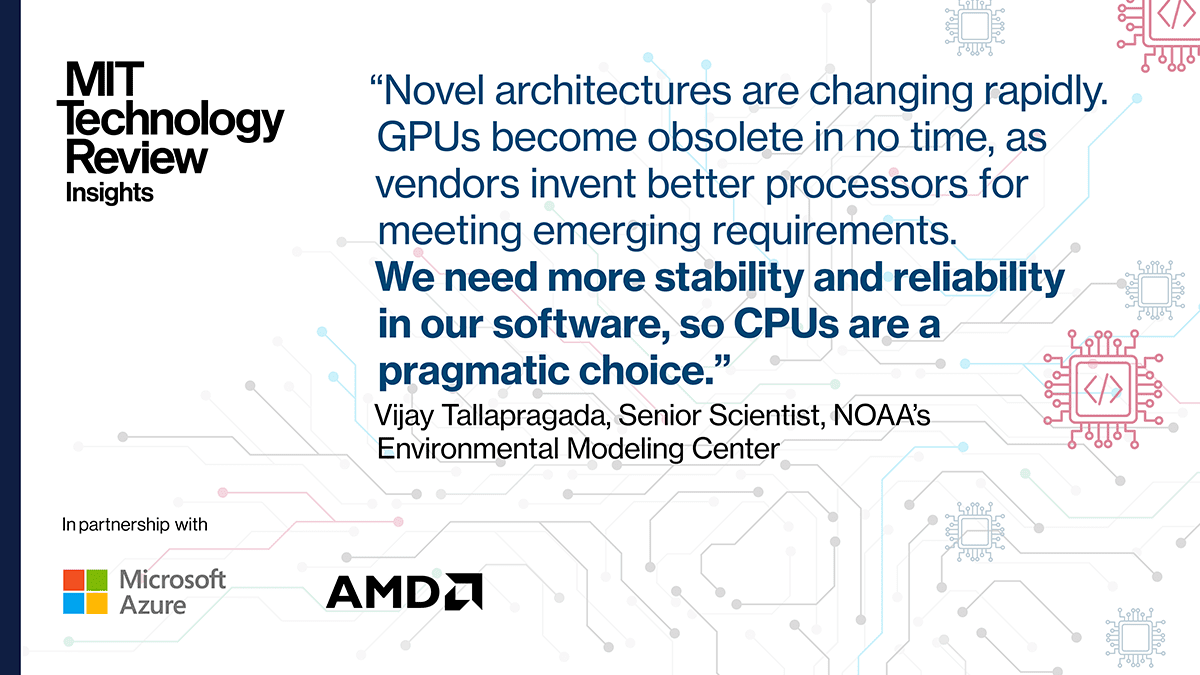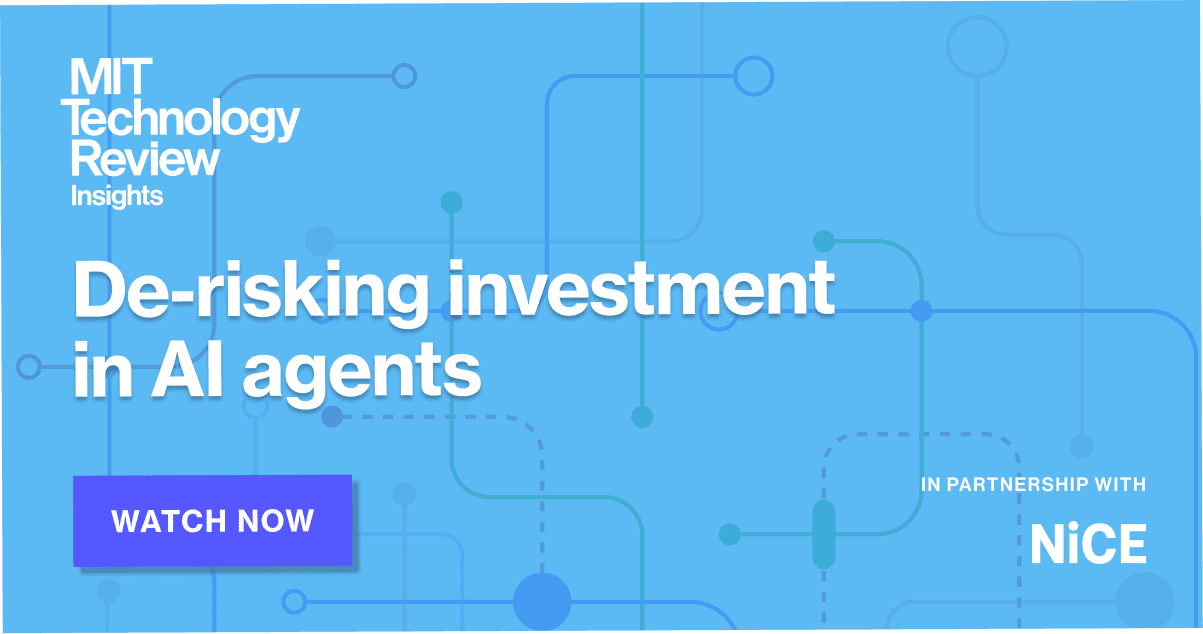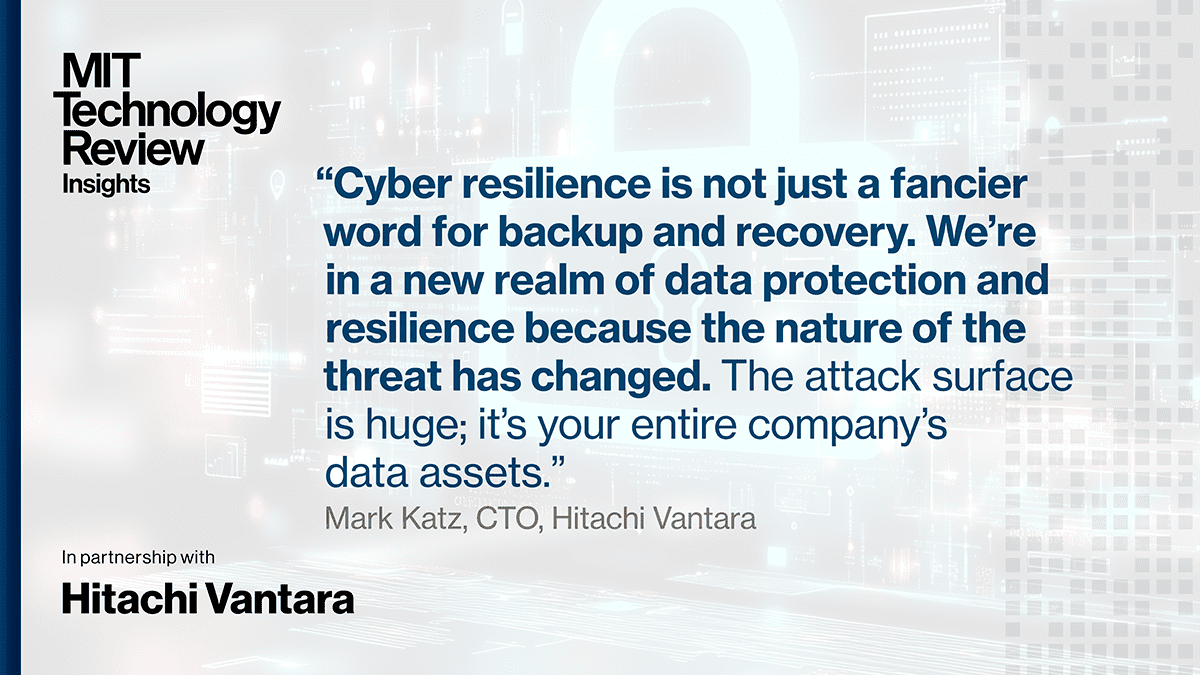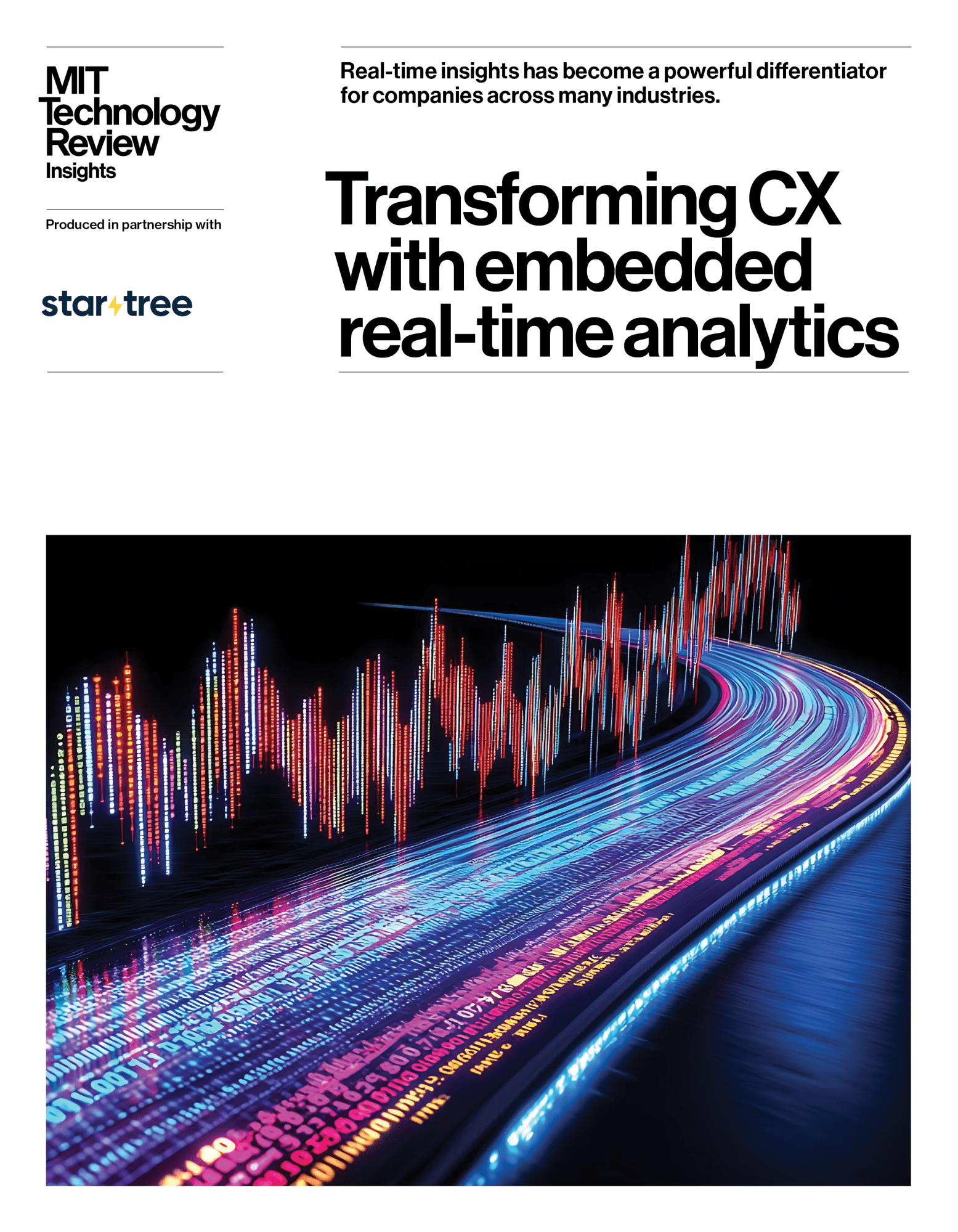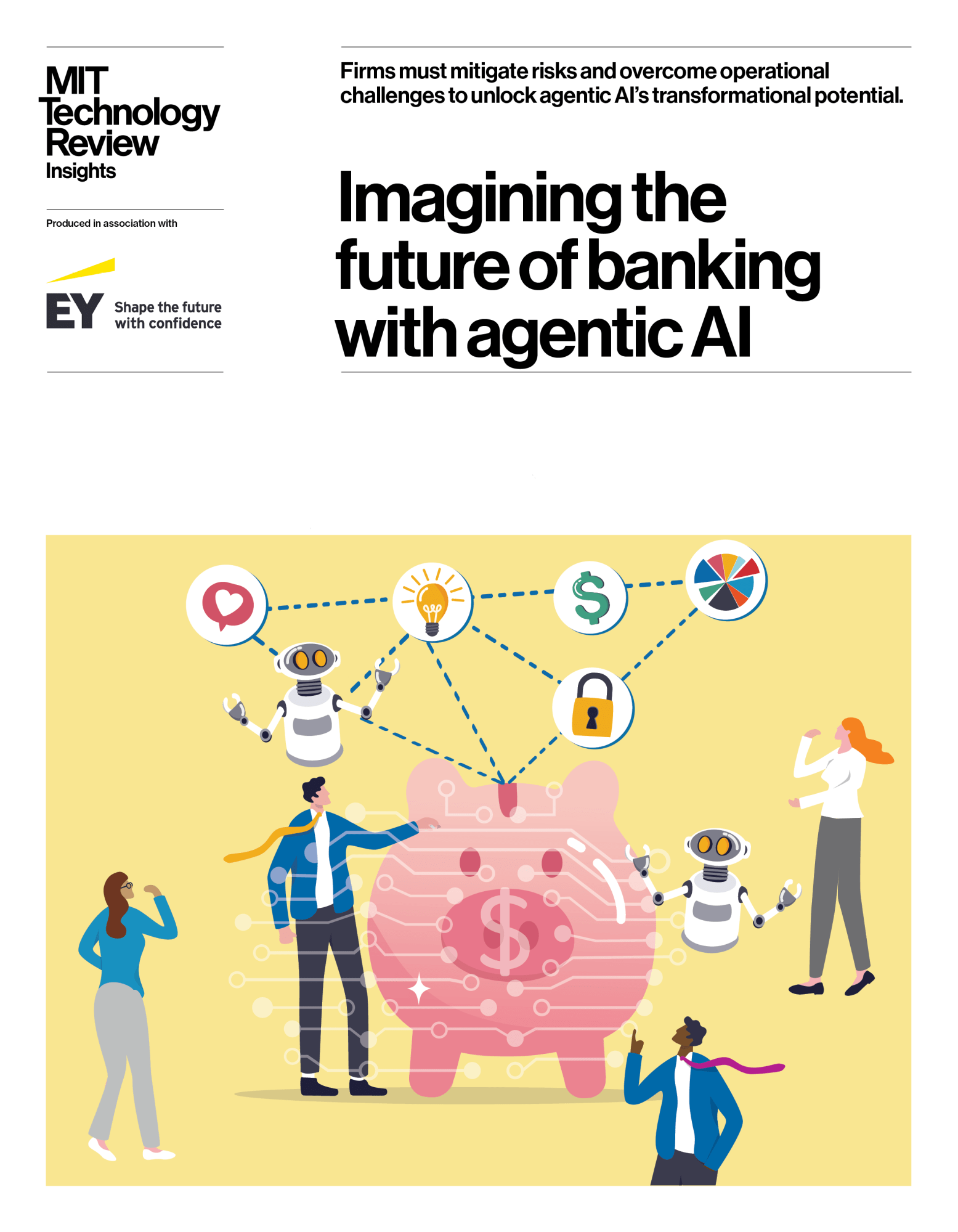Turning migration into modernization
In late 2023, a long-trusted virtualization staple became the biggest open question on the enterprise IT roadmap.
Amid concerns of VMware licensing changes and steeper support costs, analysts noticed an exodus mentality. Forrester predicted that one in five large VMware customers would begin moving away from the platform in 2024. A subsequent Gartner community poll found that 74% of respondents were rethinking their VMware relationship in light of recent changes. CIOs contending with pricing hikes and product roadmap opacity face a daunting choice: double‑down on a familiar but costlier stack, or use the disruption to rethink how—and where—critical workloads should run.
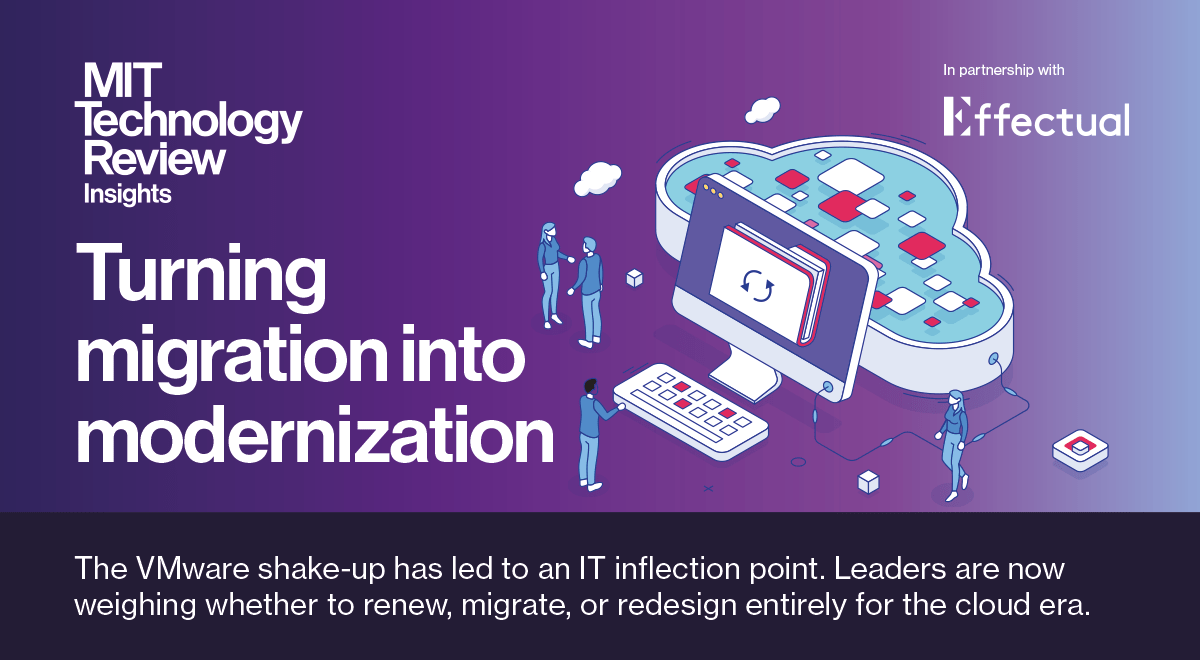
“There’s still a lot of uncertainty in the marketplace around VMware,” explains Matt Crognale, senior director, migrations and modernization at cloud modernization firm Effectual, adding that the VMware portfolio has been streamlined and refocused over the past couple of years. “The portfolio has been trimmed down to a core offering focused on the technology versus disparate systems.”
This content was produced by Insights, the custom content arm of MIT Technology Review. It was not written by MIT Technology Review’s editorial staff.
This content was researched, designed, and written by human writers, editors, analysts, and illustrators. This includes the writing of surveys and collection of data for surveys. AI tools that may have been used were limited to secondary production processes that passed thorough human review.



